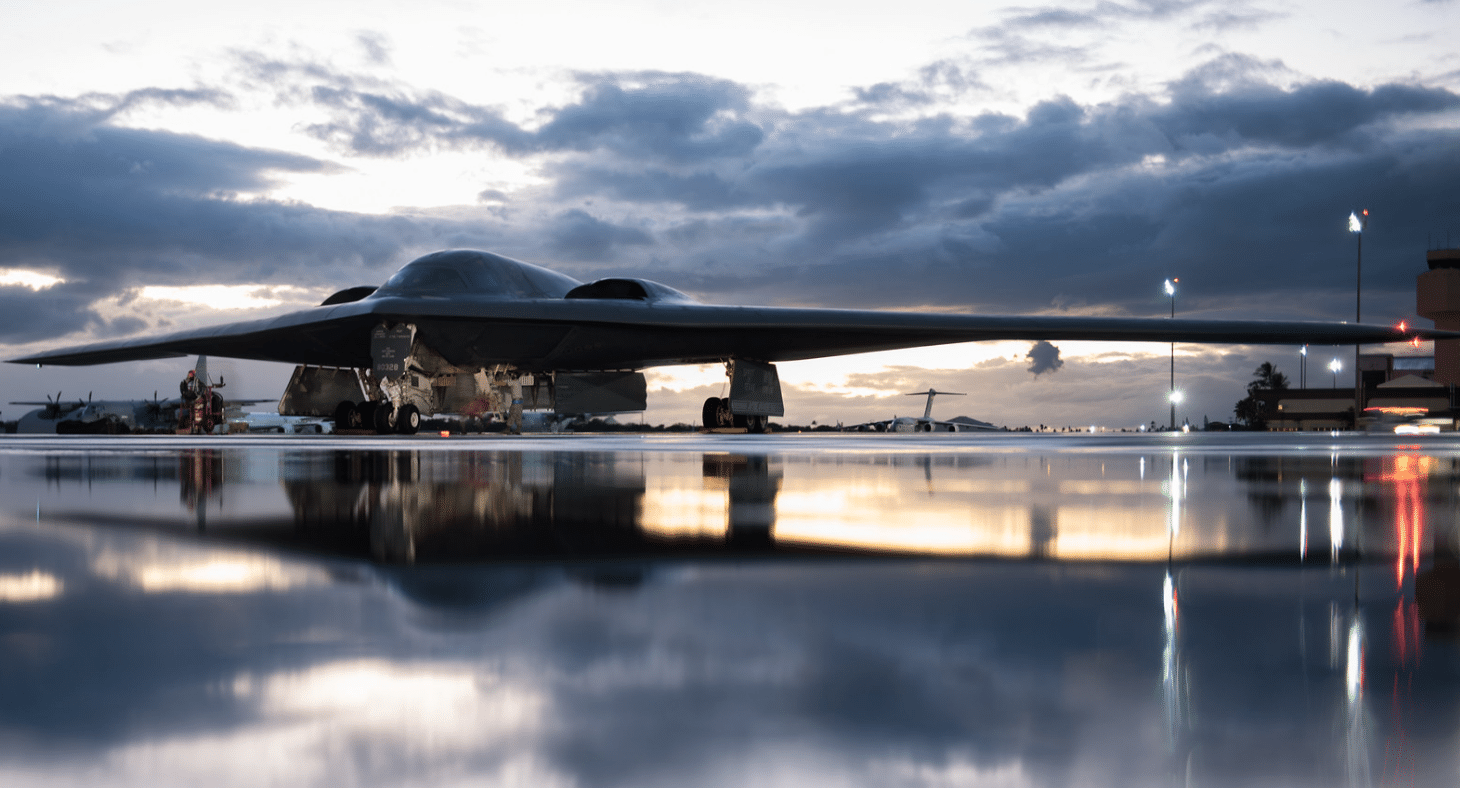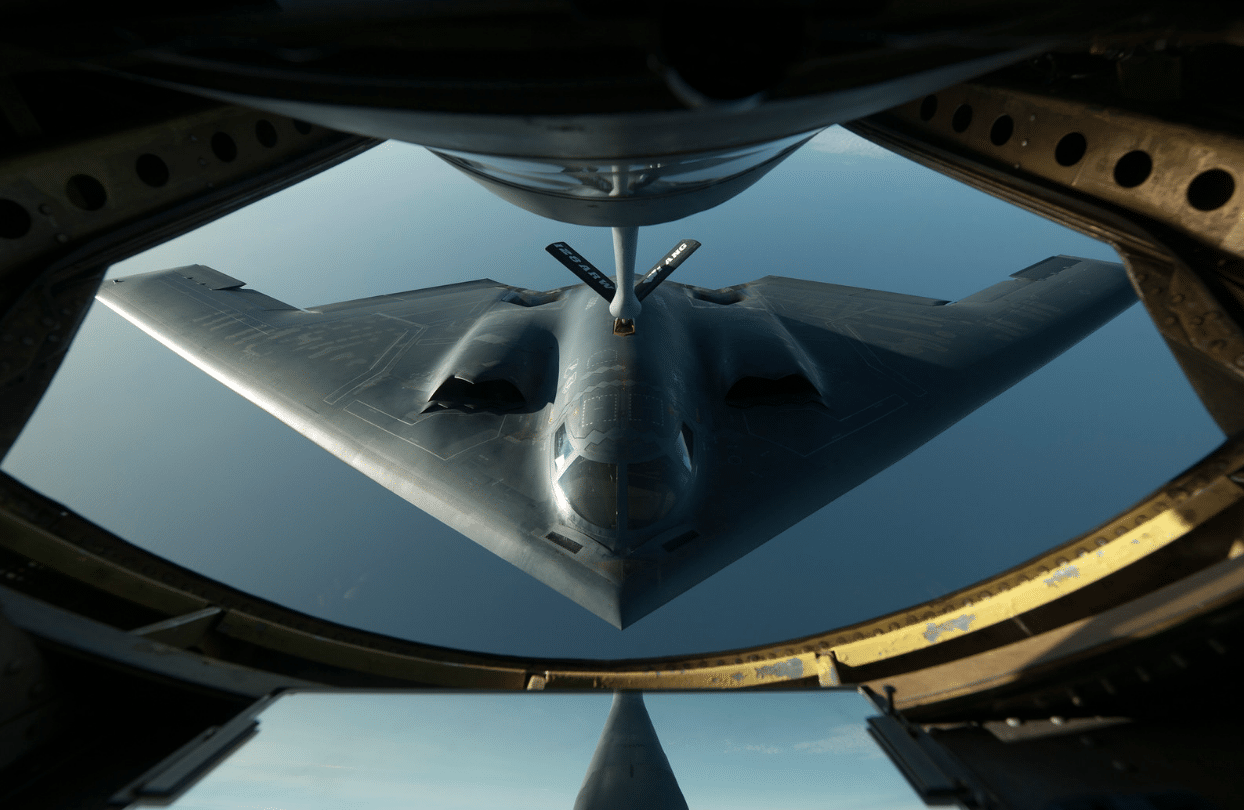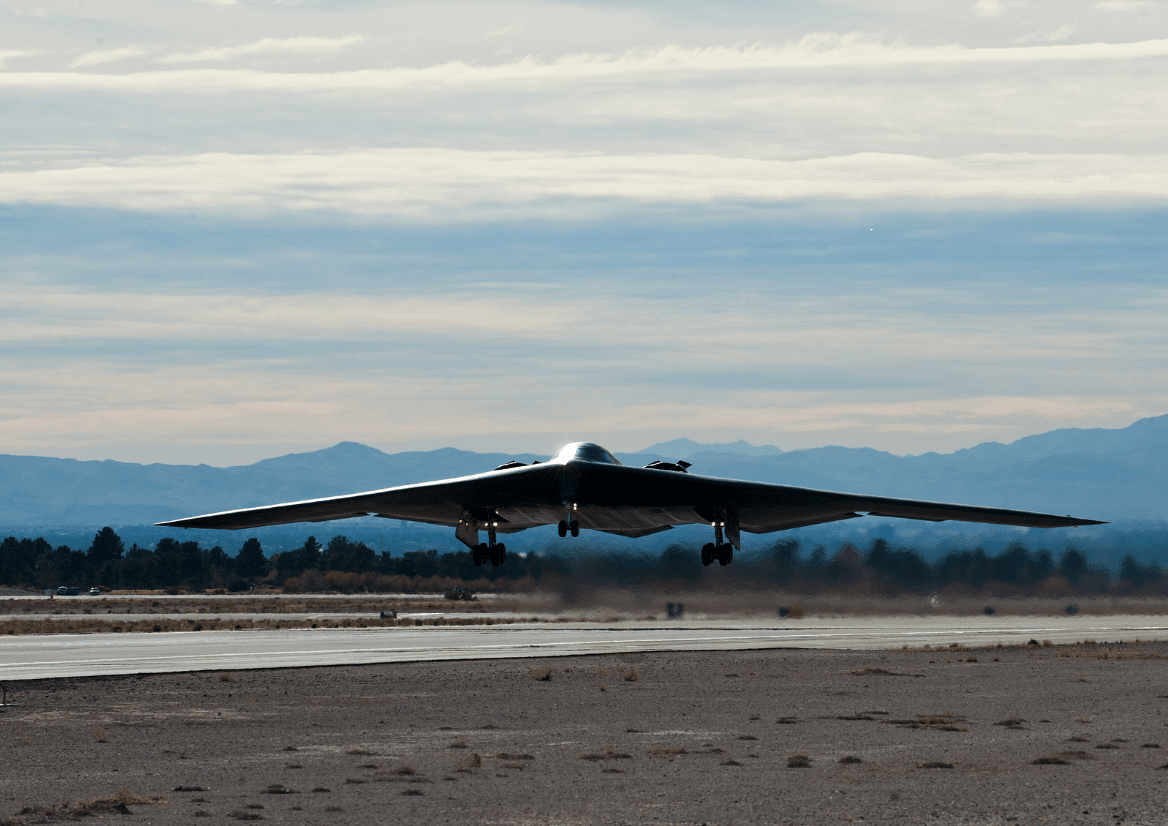The B-2: A Pinnacle of Modern Aviation as the Sole Operational Stealth Aircraft.

The B-2 Spirit: A Marvel of Stealth Technology
Arguably the world’s most distinctive aircraft, the B-2 Spirit is a truly groundbreaking marvel of modern technology. In fact, the B-2 stands as the world’s sole operational stealth bomber. With a staggering price tag of $2.13 billion per aircraft, the B-2 is also the world’s most expensive aircraft.
The Spirit was conceived during the Cold War’s climax, under the Carter administration’s “Advanced Technology Bomber” project, designed to counter increasingly sophisticated Soviet air defenses and striking high-value targets.
To bypass the sensitive and deeply entrenched Soviet air defenses, the B-2 was designed around stealth technology, allowing the bomber to penetrate contested airspace undetected. The B-2, with its low observability, is capable of deploying both conventional and nuclear weapons.
The program’s remarkable cost overruns were palpable during its early days. Initially, 132 bombers were expected to be built to deter Soviet airspace encroachments and incursions.
However, the fall of the Soviet Union, which occurred just two years after the B-2’s maiden flight in 1989 and before the aircraft’s operational debut in 1997, left the B-2 without its primary adversary and reduced the need for such an extensive fleet. Effectively, the cost of the B-2s became a matter of public and congressional debate.
During the 1992 State of the Union Address, President George H. W. Bush announced that B-2 production would be slashed to just 20 aircraft – less than one-sixth of the original 132 aircraft projection. With the Cold War concluded, tax payers, and Congress, were no longer willing to support the extensive B-2 program. In reality, the cost of the B-2s was so exorbitant that they became something of a public symbol of excess.
The General Accounting Office (GAO) revealed in 1996 that the B-2 “will be, by far, the most costly bombers to operate on a per aircraft basis.” The B-2’s maintenance requirements are staggering, requiring 119 hours of maintenance for every hour of flight. By comparison, the B-1 needed 60 hours, while the B-52 required just 53.
B-2 costs were further increased due to the need for specialized hangars to accommodate the B-2’s 172-foot wingspan and control of its heat-sensitive stealth technology.
Altogether, the B-2 costs roughly $135,000 per hour of flight – double the cost of either the B-1 or B-52. The program’s runaway bill, however, would be cut short by the demise of the Soviet ballistic missile submarines such as the Typhoon and Akula classes, which posed an existential threat to the U.S. Navy.
Initially, the U.S. Navy planned to receive 29 Seawolf submarines. However, to counter the threat of Soviet ballistic missile submarines, like the Typhoon and Akula classes, the Seawolf-class was larger, faster, quieter, and more expensive than its predecessor.
At $3 billion per unit, the Seawolf stands as the U.S. Navy’s most expensive attack submarine ever built. When the Soviet Union fell, public willingness to support such an expensive program waned. The original 29 sub fleet was significantly slashed. Only three Seawolf subs were ever built, serving as a reminder of how abruptly the Cold War ended.
The original 29 sub fleet was significantly slashed. Only three Seawolf subs were ever built, serving as a reminder of how abruptly the Cold War ended.
Hits: 95











